In his book Untied Church: Unfettered for 2025 Celebrations, author Brian Arthur Brown provides us with a comprehensive picture of the life and ministry of the United Church of Canada.
Beautifully designed as a celebration of the denomination, the book takes us from coast to coast to coast and gives us stories and pictures of church life and ministry.
Its strengths lie in the pages where Brown shares vignettes of what he defines as “iconic, majestic and dynamic” churches from across the country. It reinforces the theme of celebration with chapters written by the author and other contributors. Topics range from celebrating Jesus’s life and teachings to embracing the calls of the Indigenous church. I particularly appreciated his focus on voices that have not historically been heard in our denomination.
There is no question that Brown presents the reader with a picture of the emerging church in all its diversity in the first quarter of the 21st century. It shows the changes that have come and are coming to the United Church.
There are, however, some significant questions in this book that need to be addressed.
The first is Brown’s insistence that the United Church of Canada is not in decline. He states that in 1925, the United Church had 300,000 households under pastoral care, and by 2019, it had simply fallen back to that number. He attributes the overall drop in United Church members to the decrease in average family size, combined with the cleaning of the membership rolls as “the single most valid explanation for the much lamented ‘decline’ in membership.”
More on Broadview:
- The United Church has an ambitious plan to grow its membership
- The United Church’s numbers have dropped more than any other denomination
- United Church runs $4M deficit in 2023 amid strategic plan initiatives and drops in giving
What Brown neglects to mention is that in 1925, the population of Canada was a mere 9.3 million and about six percent of Canadians were United Church members. Today, Canada’s population is over 38 million, and less than one percent are members. While our general population has quadrupled, in real terms, the United Church is disappearing. As to his assertion that our numbers are skewed by the way the denomination removes inactive folks from the membership registry, that just shows how unreliable the statistics are from any denomination that keeps “ghosts” on its rolls.
One of the half-dozen contributors to The Untied Church even writes that the perception of membership loss stems from “derisive media reports about the decline of the Church” — a sentiment that’s repeated throughout the book. But media reports are based on Statistics Canada reports and the United Church’s own documents. For example, Statistics Canada says the United Church lost 40 percent of affiliates between 2011 and 2021, and United Church reports show similar losses in average Sunday attendance.
Add to that the on-the-ground struggles many communities of faith and clergy are experiencing today, as well as the bigger picture — what is truly a collapse of the Christian Church in the western world — and it feels like Brown et al are shifting the blame to the messenger. Decline is everywhere, and Christians need to face it head-on. They owe that to themselves and to their ancestors who created this denomination.
The second significant question in this book is the author’s assessment of the Church in China. While I appreciate the book’s connections to our global partners, Brown writes that the “left-leaning Three-Self Church in China has worked out acceptable concords with the communist government.” That is only true if you define “acceptable” as complete control by the Chinese Communist Party.
As for the references to “American-style evangelical churches,” I assume that is a reference to the House Church movement, which is much more complex than suggested here and experiences dreadful persecution and imprisonment.
Want to read more from Broadview? Consider subscribing to one of our newsletters.
In the dedication, Brown says the book was written “with support for the spiritual goals of the strategic plan” of the 44th General Council. The theme of this strategic plan recurs throughout the book’s pages and ultimately weakens what should be a true celebration of the last 100 years. The United Church is not defined by a strategic plan, of which there have been many over the past 100 years. It is defined by the Gospel and the faithfulness of United Church people throughout the tumultuous 20th and 21st centuries. Strategic plans come and go, but the church is greater than any of them.
This book tells many important stories that United Church members should truly celebrate. But it would have been stronger had it focussed simply on those and left the discussions of decline and strategic plans to another time.
***
Rev. Christopher White is a writer and United Church minister in Hamilton.
Thanks for reading!
Did you know Broadview is the only media organization in Canada dedicated to covering progressive Christian news and views?
We are also a registered charity and rely on subscriptions and tax-deductible donations to keep our trustworthy, independent and award-winning journalism alive.
Please help us continue to share stories that open minds, inspire meaningful action and foster a world of compassion. Don’t wait. We can’t do it without you.
Here are some ways you can support us:
Thank you so very much for your generous support! Together, we can make a difference.
Jocelyn Bell, Editor/Publisher, CEO and Trisha Elliott, Executive Director

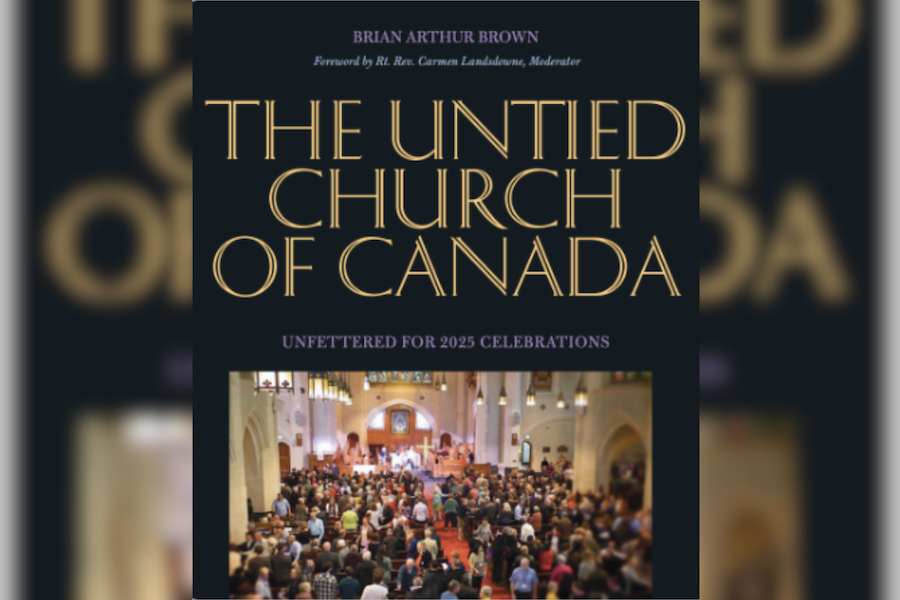








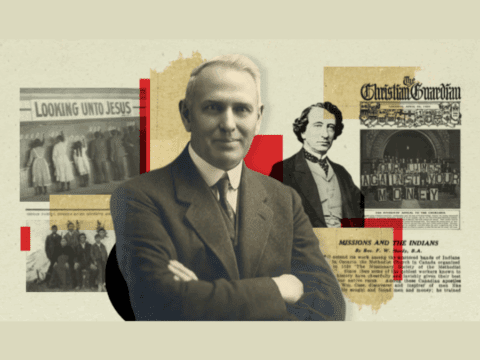

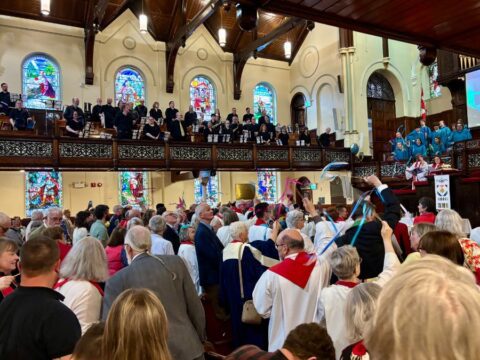
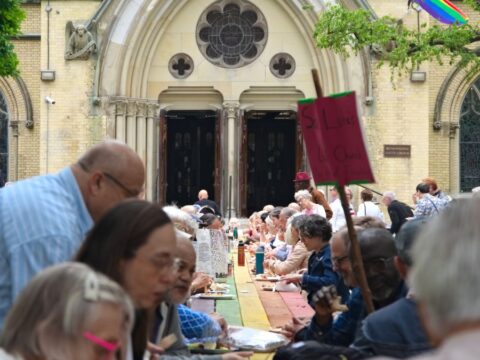
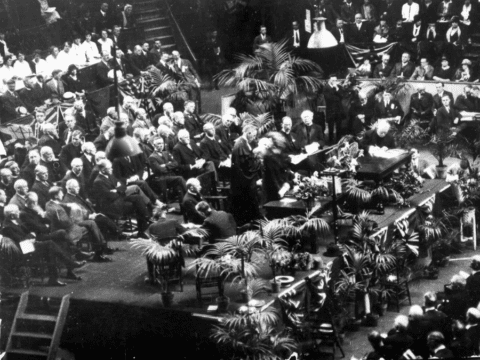

United Church: Unfettered for 2025 Celebrations is an excellent read that we should all pay attention to; however, Christopher White rightly points out that it lacks a long-term focus on where we are and where we are heading.
If we believe our value system is better than Conservative Evangelicals, we (board members of all churches) could consider modernizing our bricks-and-mortar and clicks-and-mortar infrastructure (our aesthetical offering).
Each of us plays a crucial role as members of this organization. We have five senses, and our bricks and mortar and clicks and mortar aesthetics must also be beautiful and excellent for a holistic approach to faith formation.
Evangelical churches greatly emphasize aesthetical offerings and the organization of small groups.
Each church could consider (if it has not already done so) starting small groups within its congregations, where church members and adherents meet at someone’s home in a hybrid setting once per week to break bread with each other and learn about faith. Meeting with one another for 15 minutes after Sunday services is not adequate time to develop robust relationships.
We are on a good path forward, and the denomination’s new purpose statement is an excellent start to propel change. However, at the congregational level, we must always look at what prevents us from being the boldest and most impactful churches in our communities.
Money is not evil when it is used to build stronger, inclusive, and resilient communities. Churches have played a big role in this and need to continue to play an even bigger role as economic inequality worsens.
Remember, aesthetics matter. Church growth and healthy congregational cultures matter. Let’s keep moving forward!
The bigger question is would anyone care if organized Protestantism disappeared from Canada?